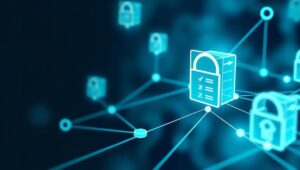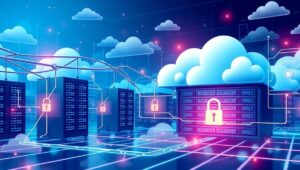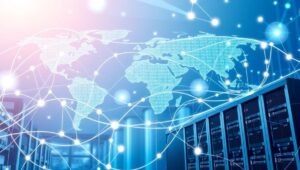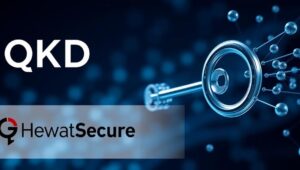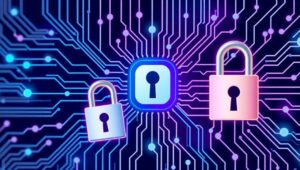May 21, 2025
Serverless Security Challenges and Best Practices for 2025
Serverless Security: Challenges and Best Practices for 2025 Serverless computing has revolutionized how applications are built and deployed, offering scalability, reduced operational overhead, and cost efficiency. However, this paradigm shift introduces unique security challenges that organizations must address to protect their data and infrastructure. As we look toward 2025, understanding these challenges and implementing robust best practices is crucial. Understanding the Serverless Security Landscape Serverless architectures, such as AWS Lambda, Azure Functions, and Google Cloud Functions, abstract away the underlying infrastructure, allowing developers to focus solely on writing code. While this simplifies deployment and management, it also shifts the security
